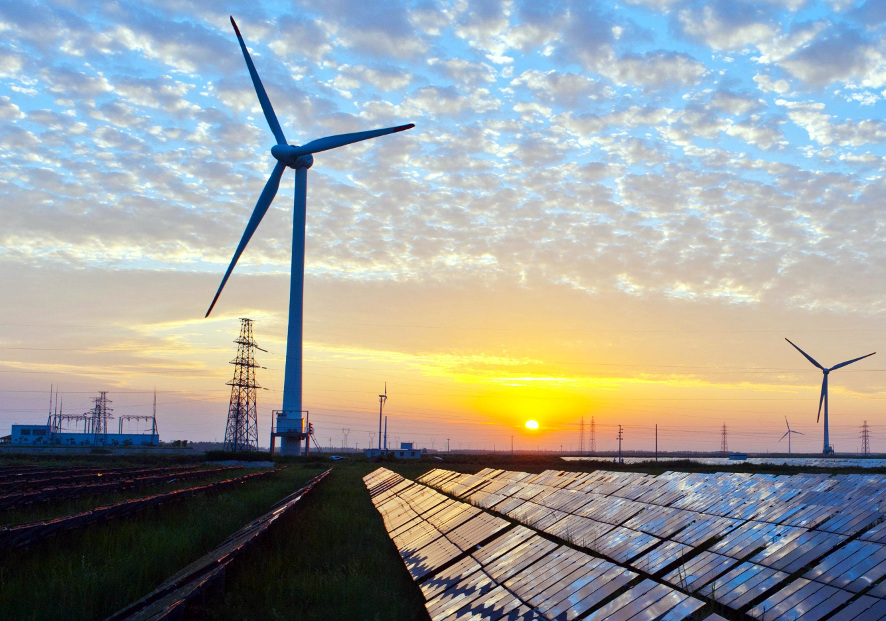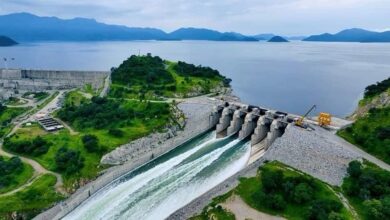
Prime Minister Mostafa Madbouly affirmed that the renewable energy sector receives significant attention from the Egyptian state due to its vital role in ensuring the availability and accessibility of electric power to meet developmental and consumption needs.
Chairing a meeting on Sunday 12-10-2025 to follow up on the implementation progress of renewable energy projects, Madbouly stressed the government’s continuous efforts to provide further incentives and facilitations for this strategic sector.
The meeting was attended by Minister of Electricity and Renewable Energy Mahmoud Essmat and Minister of Petroleum and Mineral Resources Karim Badawi.
The premier said that the session aimed to review the progress of ongoing renewable energy projects and the efforts being exerted to strengthen the national power grid to accommodate the additional capacities generated from renewable energy sources
.For his part, Essmat said that Egypt aims to increase the share of renewables in the national energy mix to over 42 percent by 2030, as a first step toward reaching 60 percent by 2040, in line with the latest updates to the national energy strategy.
He presented a report detailing the renewable capacities (solar, wind, and battery storage) expected to be added to the unified grid between 2026 and 2030, as well as the projected savings in fuel consumption resulting from integrating these capacities.
The minister also reviewed the status of lands allocated to the New and Renewable Energy Authority (NREA) for establishing solar and wind power plants and outlined studies to reinforce the national grid to meet the projected renewable generation levels by 2040.
Between July 2024 and July 2025, the ministry implemented several measures to support the electricity transmission network, including the establishment of 11 ultra-high voltage substations with a total capacity of 4,570 MVA, along with the addition of 2,000 MVA at 500 kV and 3,240 MVA at 220 kV.Additionally, four high-voltage substations were constructed with a total capacity of 440 MVA, and 797 MVA were added at 66 kV.
Regarding transmission lines and cables, the minister noted the construction of new 220 kV overhead and underground lines totaling 406 km, the conversion of 11 km of overhead lines to underground cables at 220 kV, and the installation of 272 km of new 66 kV overhead lines and 7.3 km of underground cables, in addition to converting 28 km of existing 66 kV lines to underground cables.




